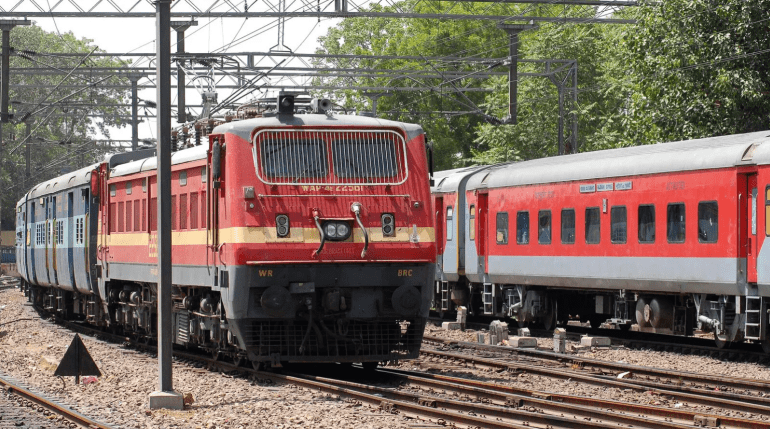- Indian Railways is integrating AI and facial recognition systems into its vast network.
- IDIS Global is providing a 4K camera system with AI video analytics and Herta Security’s facial recognition technology.
- Initial deployment began in May 2024 at 230 high-traffic stations in the eastern region of India.
- Herta Security’s algorithms offer real-time identification and alerts, while IDIS’s analytics system handles motion detection, loitering, and more.
- Monitoring centers are established at every fifth station for connected command and control.
- The IDIS Mobile Plus app supports mobile surveillance by integrating smartphone-captured data.
- The system is designed to support Indian Railways’ growth and development plans.
- Indian Railways operates 14,000 trains daily and is projected to manage 40% of global rail activity by 2050.
- The Delhi Metro Rail Corporation is also advancing AI for efficiency and crowd management.
Main AI News:
India’s rail system is embracing advanced technology with the integration of AI and facial recognition systems across its vast network. Experts forecast the biometrics and surveillance sector will exceed US$15 billion within five years, and the Indian Railways is leading the way with this transformation. According to a statement from IDIS Global, the South Korean video surveillance firm is equipping Indian Railways, the largest rail network in Asia, with a sophisticated 4K camera system featuring integrated AI video analytics and facial recognition technology provided by Herta Security.
The initial phase of this extensive technology overhaul began in May 2024, with cameras being installed across hundreds of platforms at 230 high-traffic stations throughout the eastern region of the country. Herta Security’s facial recognition algorithms are designed to deliver real-time identification and alerts for persons-of-interest. Complementing this, IDIS’s advanced deep learning analytics system offers capabilities for motion detection, loitering, abandoned object detection, and line crossing analysis. A centralized monitoring center, located at every fifth station, facilitates a connected network of command and control hubs for real-time monitoring, data analysis, and crisis response.
Additionally, the system’s video management platform supports mobile surveillance via the IDIS Mobile Plus app, allowing image and video data captured on smartphones to be integrated into the monitoring system. Rahat Jain, managing director of IDIS Securitatem Solutiones Pvt Ltd—a joint venture between IDIS and Indian systems integrator M2M Cybernetics—highlighted the need for a flexible and future-proof video surveillance solution. “Indian Railways sought a robust system to underpin their growth and development plans,” Jain noted. “With IDIS video technology, the Railway Protection Force can confidently operate 230 of the safest and most secure stations, prompting the identification of additional regions for upgrade.”
With approximately 14,000 trains transporting an estimated 9.5 million passengers daily, Indian Railways anticipates managing up to 40 percent of global rail activity by 2050. The Delhi Metro Rail Corporation (DMRC) is also advancing its AI initiatives, with plans to enhance efficiency and crowd management through AI-driven driverless trains and upgraded facial recognition and CCTV surveillance systems.
Conclusion:
The integration of AI and facial recognition technology by Indian Railways represents a significant advancement in the rail transport sector, positioning the organization as a leader in leveraging technology for enhanced security and operational efficiency. This move not only sets a new standard for large-scale infrastructure management but also reflects broader trends in the biometrics and surveillance market, which is expected to grow substantially in the coming years. As Indian Railways prepares to handle a larger share of global rail activity, the adoption of these technologies underscores a commitment to future-proofing their operations and improving passenger safety, potentially influencing other large transport networks to follow suit.

